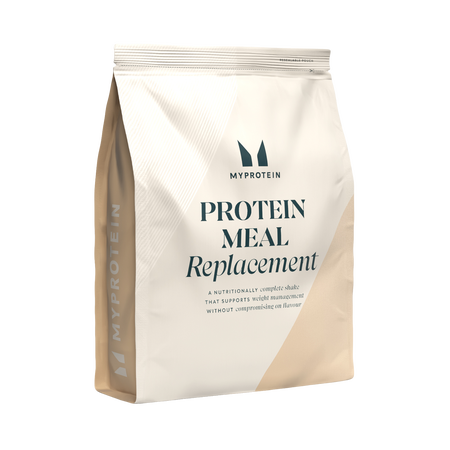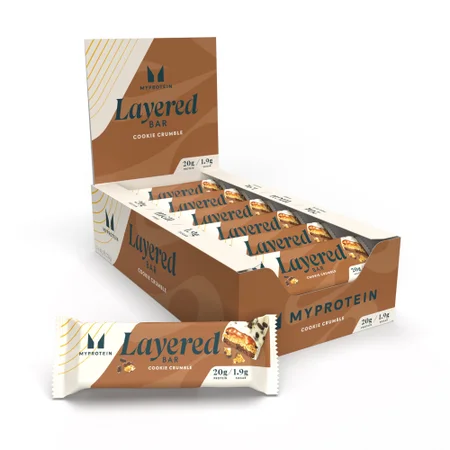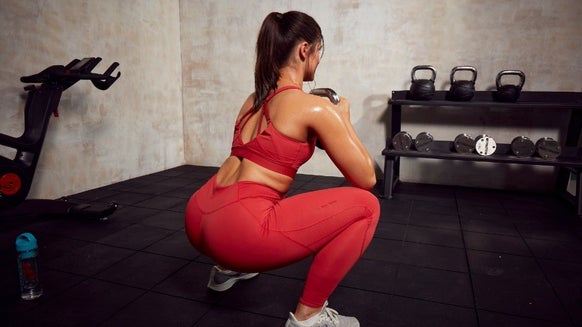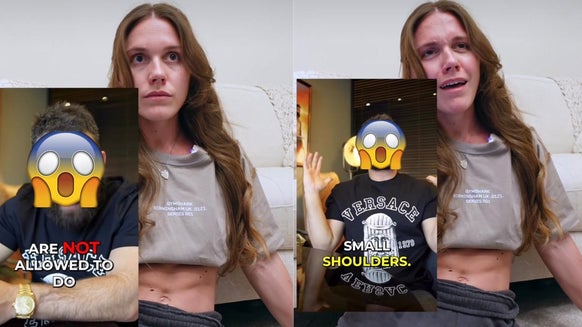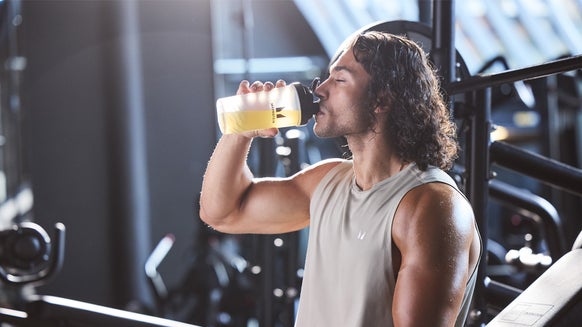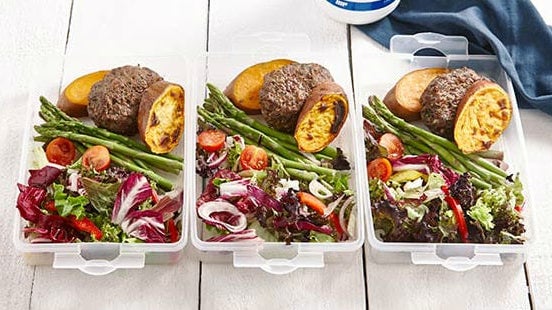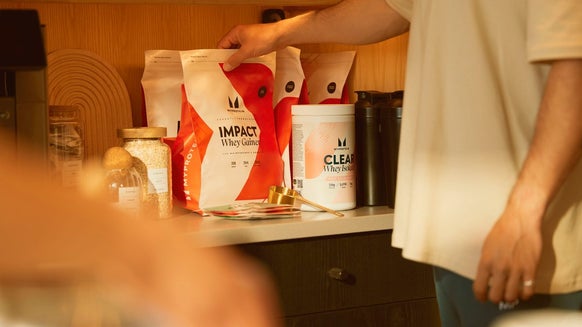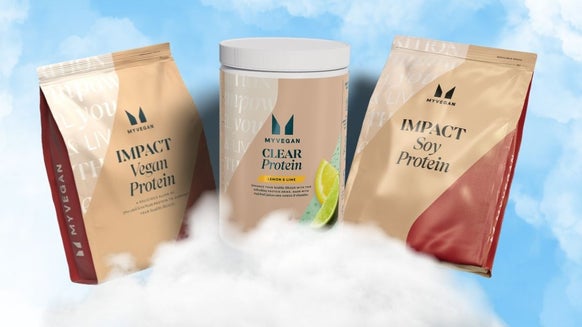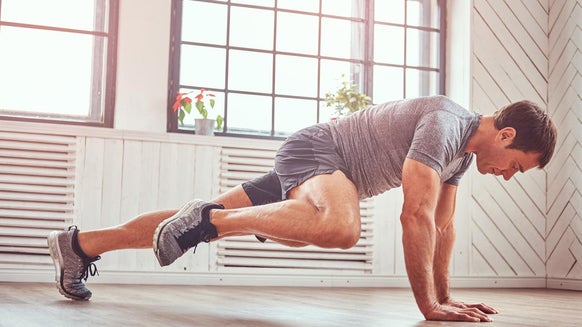Gym Closed? How To Still See Progress With The Help Of Your Diet
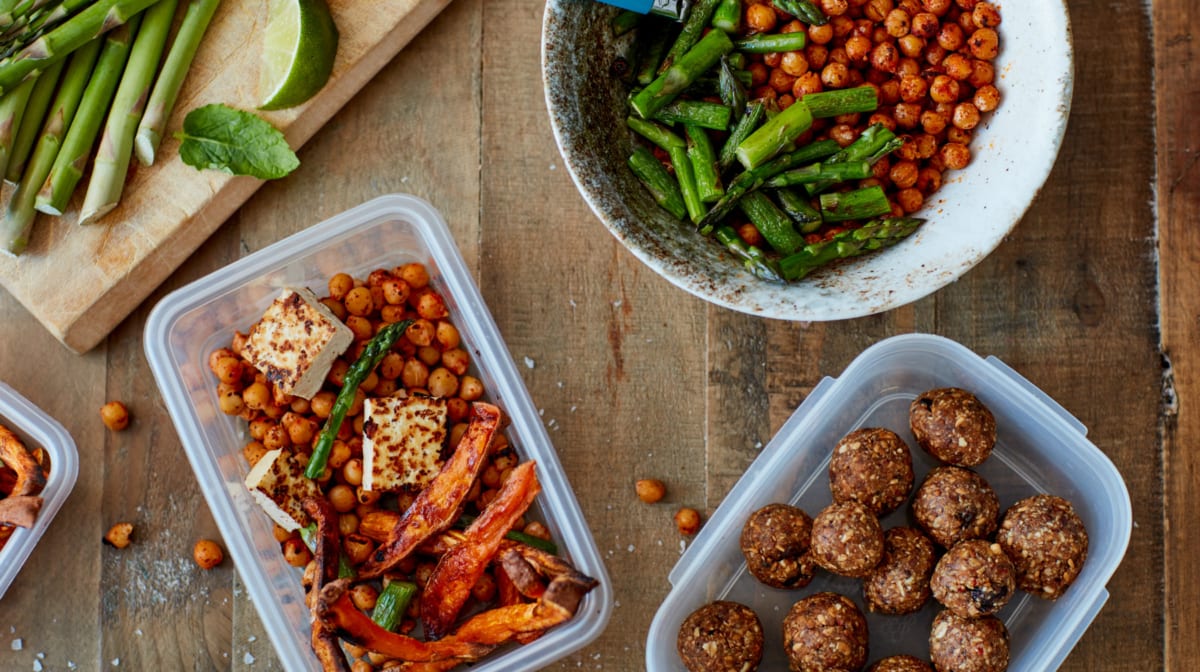
For some, being able to say ‘I didn’t make it to the gym because the gym was closed’ has become a great excuse — and who can blame them? For others, it’s a bad dream that’s come to life. But not being able to get to the gym doesn’t have to mean that your body composition goals need to be put on hold, it means that you may need to make some changes to your normal routine.
A closed gym should not be a limiting factor to achieving your bodily goals. Home workouts are blooming, the once-loathed cardio has become a routine for many, and the importance of rest days has finally become a realisation. Luckily, altering our diet is just one way to continue to achieve our composition ambitions.
You can work out your new macronutrient needs with our easy-to-use macro calculator.
The macronutrients
Several factors come into play when calculating the percentage of each macronutrient needed in your diet to reach your goals. This includes taking into account the amount and type of exercise that you do, normal daily movement and your desired composition. Lack of access to a gym may mean that your targeted macronutrient ratio may change.
Carbohydrates
Carbohydrates are the body’s primary source of energy. Whilst a gym-goer may decide to consume anywhere between 40-60% of their daily energy from carbohydrates, endurance athletes typically need more carbohydrates to keep their energy levels up.
If your home workouts become focused around HIIT or implement more running, cycling or endurance-related activities, then it may be necessary to increase the amount of carbohydrates that are consumed. This typically looks like anything between 50-70% of calories being consumed from carbohydrates.1
Aim for complex carbohydrates such as bananas, brown rice, or chickpeas. These provide slow-release energy, aka the food is broken down slowly over a period of time, which is perfect for endurance related exercise that requires a constant stream of energy.
Protein
When the gym is no longer an option, we might turn to weightlifting during a home workout. If lifting weights at home, it’s advisable to continue hitting the same percentage of protein as you would when working out at the gym as you’re still building muscle and require an adequate supply of protein to carry out this function.
If you’ve substituted cardio in place of the gym, you may wish to opt for a lower percentage of protein, such as 15-20%, to make way for energy sourced from carbohydrates to fuel those long runs.2
Fat
The general recommendation for fat intake is roughly 20-40% of your energy intake.3 While focusing on muscle gain will require maintenance in protein consumption, changing up your exercise routine to include more cardio may result in the need to increase your fat intake, particularly as fat provides the most energy per gram. Fat was historically seen in a negative light but, as long as you opt for healthier unsaturated fats over an excess of saturated fat, this macronutrient will provide back-up energy during those endurance sessions.

Time of eating
One benefit of not being able to attend the gym is that you no longer need to fit your gym sessions around the rest of your life. If you normally gym mid-morning to avoid the early crowds or hit the weights room late at night to side-step the rush hour post-work, then this is your opportunity to work out when you want with no limitations based on how busy the gym is.
It’s recommended that we eat little and often, consuming food as often as 4-6 times a day. For some, this can be quite a task when timing meals around gym sessions to reduce the risk of the dreaded stitch.
Working out at suitable times of the day means that you can also eat at reasonable times of the day, leaving adequate time between each meal and your exercise to allow the food to digest. After finding out when you want to exercise, simply plan your meals either side of that time. Expect to see an improvement in the timing of your dinner!
Portion size
No longer having access to the gym may mean a change in the balance between your energy intake and energy expenditure. Regardless of whether you’re bulking or cutting, you may need to reduce your energy intake if you aren’t able to be as active as usual. One way to do this is by reducing your portion size.
To maintain some of your routine, you can reduce the portion size of your food rather than eliminating one of your daily meals. This will help maintain your mindset when it comes to achieving your composition goals, keeping your diet plan as normal as possible.
Take Home Message
The long and the short of the temporary closure of your gym does not mean the end of the world when it comes to continuing to reach for your composition goals. Depending on your new, modified fitness regime, you may find that you’re able to try new foods or recipes that originally did not meet your nutritional goals.
Remember that temporarily altering your nutritional requirements not only provides a new challenge, it also enhances your dedication towards the end goal.
READ THIS NEXT:

1. Schröder, S., Fischer, A., Vock, C., Böhme, M., Schmelzer, C., Döpner, M., Hülsmann, O. and Döring, F. (2008) ‘Nutrition Concepts for Elite Distance Runners Based on Macronutrient and Energy Expenditure’, Journal of Athletic Training, 43(5), pp.489-504. doi: 4085/1062-6050-43.5.489.
2. Fox, E.A., McDaniel, J.L., Breitbach, A.P. and Weiss, E.P. (2011) ‘Perceived protein needs and measured protein intake in collegiate male athletes: an observational study’, Journal of the International Society of Sports Nutrition, 8(9). doi: 10.1186/1550-2783-8-9.
3. Liu, A., Ford, N., Hu, F., Zelman, K., Mozaffarian, D. and Kris-Etherton, P. (2017) ‘A healthy approach to dietary fats: understanding the science and taking action to reduce consumer confusion’, Nutrition Journal, 16(1). doi: 10.1186/s12937-017-0271-4.
